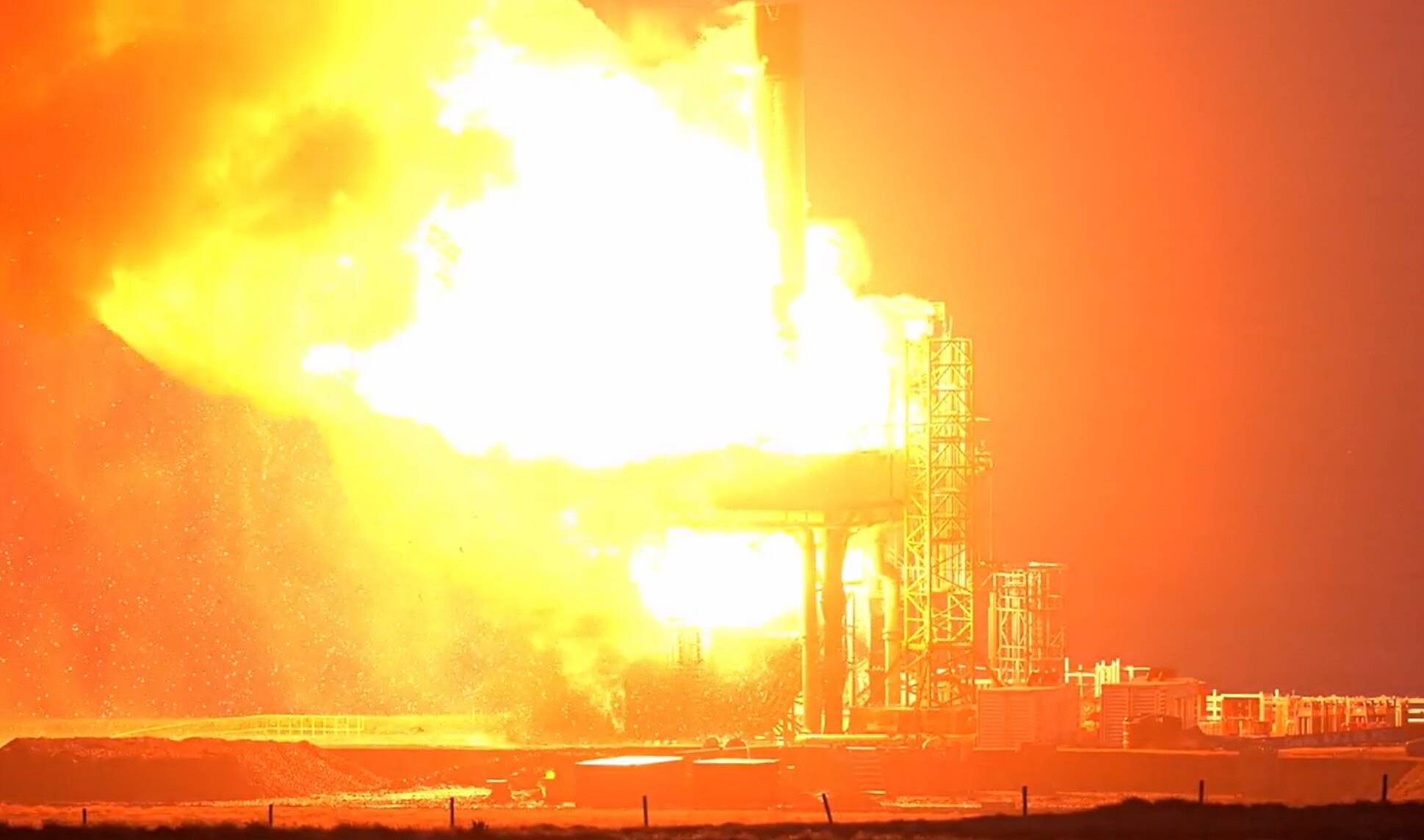Rocket Factory Augsburg gives update on SaxaVord explosion • The Register

With impressive speed and candor, Rocket Factory Augsburg (RFA) has provided an update on the anomaly that caused last week’s rocket firing at SaxaVord in Shetland, Scotland, to end explosively.
According to RFA’s co-founder and COO, Dr Stefan Brieschenk, the plan had been to run the first stage’s engines for 35 seconds until the fuel was depleted. While the tank filling and pressurization processes went well, things went explosively wrong as the engines were ignited.

The first stage of RFA’s rocket explodes on the SaxaVord launchpad – Pic credit: Still frame from video, courtesy Rocket Factory Augsburg (RFA)
Brieschenk described the anomaly as “a very unusual one.” The leading theory is that there was a fire in an oxygen pump, which is difficult to contain and certainly more than the systems on the stage and launch pad could handle. The damage rapidly spread to the other engines, and despite the stage triggering an emergency stop, the explosion happened shortly after.
The horizontal jet of flame from the base of the stage was indicative of the severity of the damage. Brieschenk explained that the compromised engines had damaged the manifold to such an extent that kerosene began leaking from the vent lines.
“That was really the point of no return,” he said.
The kerosene fueled the fire. The flames grew more intense and eventually became an oxygen-fed blaze so severe that “large portions of engines were simply combusted.”
Brieschenk said the CO2 and water fire suppression systems were not adequately sized to deal with the unfolding damage.
Despite the inevitable delay following the explosion, Brieschenk was keen to highlight that the stage collapsed in a manner which caused it to topple away from the launch pad’s umbilical tower. As a result, the pad remained relatively unscathed, aside from elements like the launch stool that were designed to support the stage.
Although Brieschenk said RFA was confident in the design of the offending turbopump, he also noted that more than 100 improvements were being made to the next first stage, which is currently under construction. Many of these improvements aim to prevent a repeat of the SaxaVord incident, where a single turbopump failure led to the loss of the entire stage.
The need to wait for the completion of this first stage, originally intended for the second flight of the RFA One, means that the inaugural launch has been postponed to 2025. The other components, like the second stage, for example, are already at SaxaVord.
The company said it was being as transparent as possible regarding the mishap and was sharing its own raw footage of the incident. It wrote: “Maybe other companies or prospective engineers can learn from it.”
You can watch the vid here.
Brieschenk concluded: “Enjoy the footage. It is very spectacular, and it has cost us quite some money to generate.” ®











